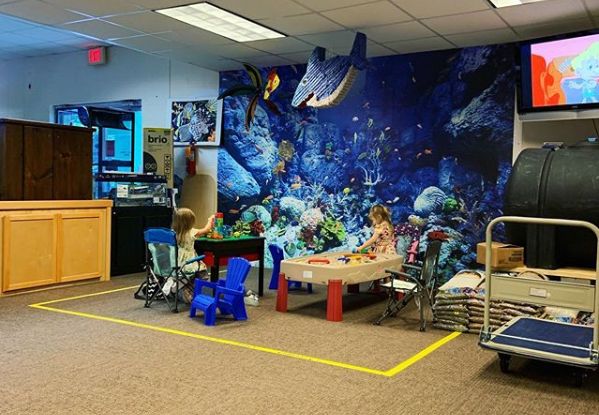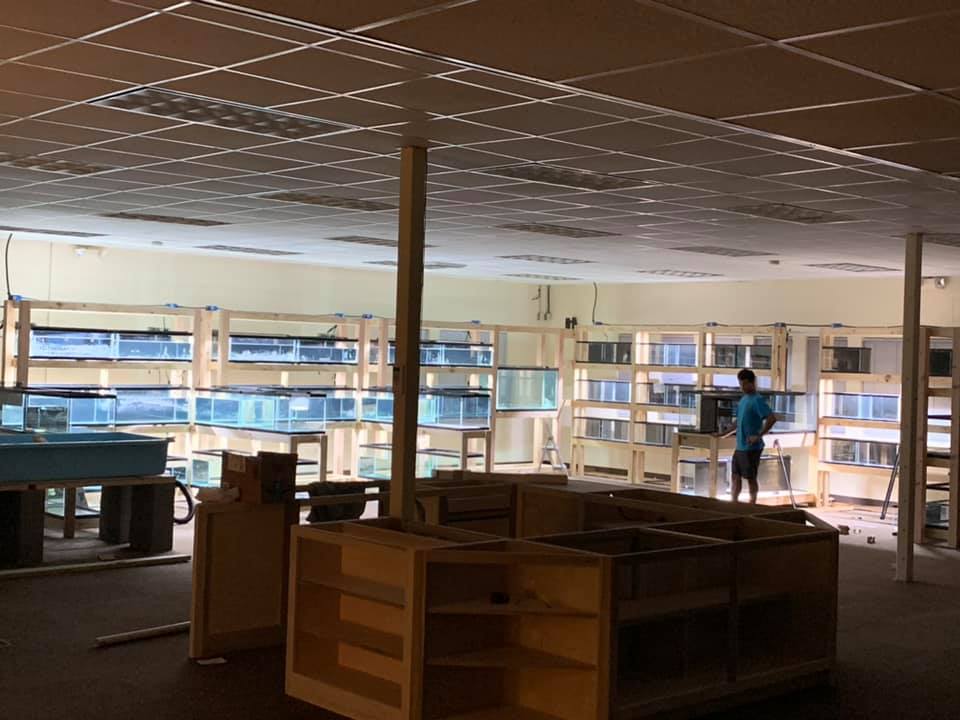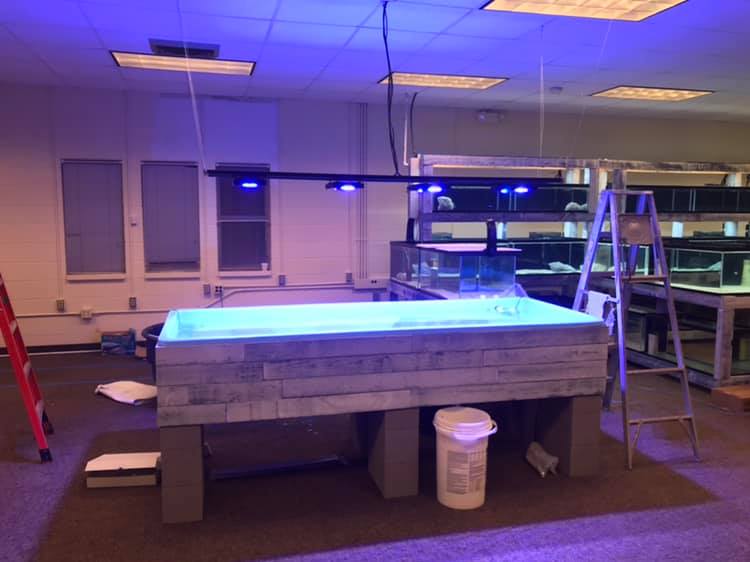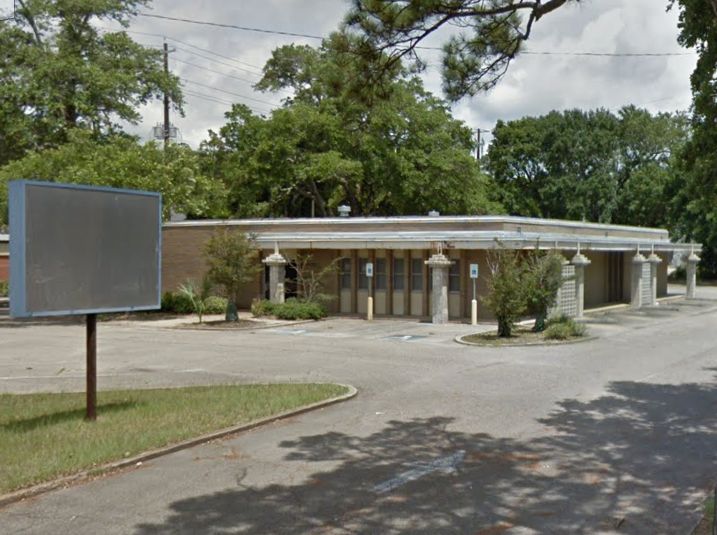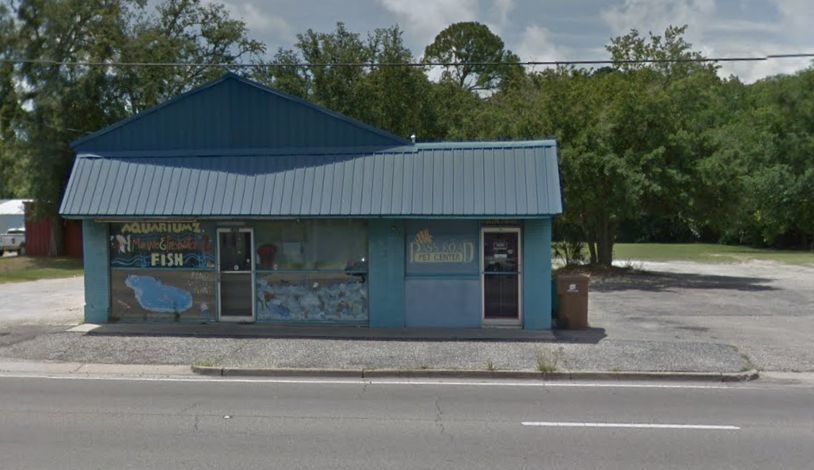Nitrification and denitrification are crucial processes in maintaining water quality within a marine aquarium. They are responsible for converting harmful nitrogenous waste compounds, such as ammonia and nitrite, into less toxic forms. Here's a detailed explanation of each process:
Nitrification:
Nitrification is a two-step aerobic process that occurs in the aquarium's biological filter, primarily in the presence of beneficial bacteria. These bacteria convert toxic ammonia (NH3) and nitrite (NO2-) into relatively harmless nitrate (NO3-). The two steps involved in nitrification are:
a. Ammonia Oxidation: Ammonia-oxidizing bacteria (AOB), such as Nitrosomonas, convert ammonia into nitrite. This process is known as ammonia oxidation or ammonification and is represented by the following equation: 2 NH3 + 3 O2 → 2 NO2- + 2 H+ + 2 H2O
b. Nitrite Oxidation: Nitrite-oxidizing bacteria (NOB), such as Nitrobacter, further oxidize nitrite into nitrate. This step is called nitrite oxidation and is represented by the following equation: 2 NO2- + O2 → 2 NO3-
The nitrification process is essential for maintaining low levels of ammonia and nitrite, which can be highly toxic to fish and other aquarium inhabitants.
Denitrification:
Denitrification is a biological process that occurs under anaerobic conditions, primarily in the substrate or in areas with limited oxygen availability within the aquarium. Denitrification helps reduce nitrate levels by converting nitrate (NO3-) into nitrogen gas (N2), which is released into the atmosphere. Denitrification involves several steps carried out by different groups of bacteria:
a. Nitrate Reduction: Nitrate-reducing bacteria (NRB) convert nitrate into nitrite, nitric oxide, and eventually nitrogen gas. The process can be represented by the following equation: 2 NO3- → 2 NO2- + O2 (nitrate reduction)
b. Nitrite Reduction: Nitrite is further reduced to nitric oxide (NO), nitrous oxide (N2O), and eventually nitrogen gas (N2). The equation for nitrite reduction is: 2 NO2- → 2 NO + O2 (nitrite reduction)
c. Nitric Oxide Reduction: Nitric oxide is reduced to nitrous oxide by nitric oxide-reducing bacteria. The equation for this step is: 2 NO + 2 H+ → N2O + H2O (nitric oxide reduction)
d. Nitrous Oxide Reduction: Nitrous oxide is finally reduced to nitrogen gas by nitrous oxide-reducing bacteria, represented by the equation: 2 N2O → 2 N2 + O2 (nitrous oxide reduction)
It's worth noting that denitrification occurs in areas of low oxygen concentration, such as deep within the substrate, dead spots, or within specialized anaerobic filter media.
In a marine aquarium, it is crucial to maintain a balance between nitrification and denitrification processes. This can be achieved by providing adequate surface area for beneficial bacteria colonization, proper oxygenation, and ensuring areas with limited oxygen for denitrification to take place. Regular monitoring of water parameters such as ammonia, nitrite, and nitrate levels is essential to ensure the overall health and well-being of the aquarium inhabitants.

